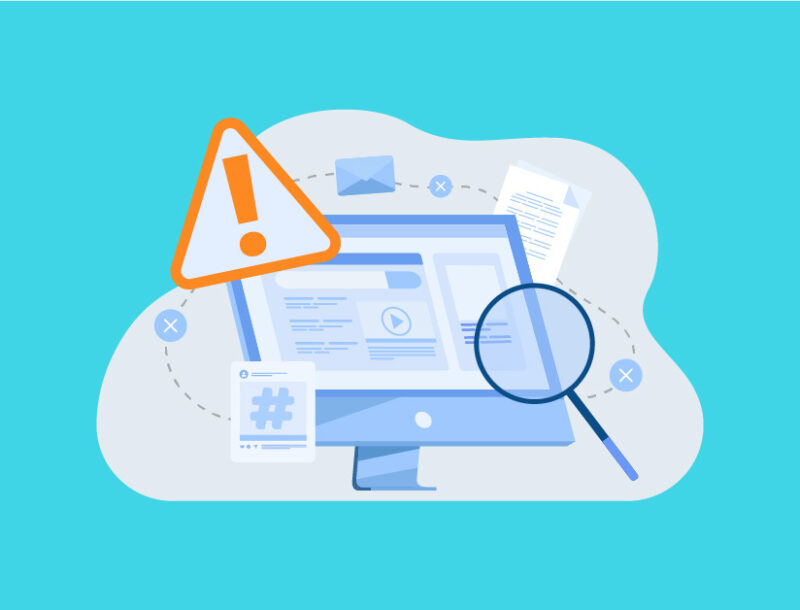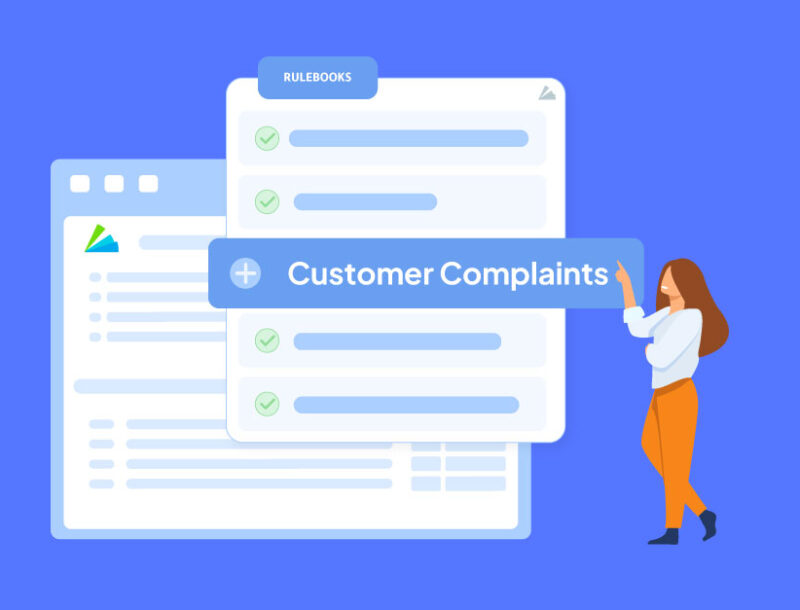Compliance Guidance: DOJ Asserts Middle Managers and Data Are Key to Success

As regulators focus more closely on consumer protection, compliance programs must be reevaluated to ensure they are effective, adequately resourced and empower employees – critical elements for any organization according to new guidance.
The Department of Justice (DOJ)’s Evaluation of Corporate Compliance Program guidance document serves as a valuable reference for organizations to build out their compliance programs effectively. While it’s not technically a solid set of “rules,” it does outline several key elements that the Department uses during an evaluation-elements that every organization should use as guidelines while crafting their compliance program.
In June 2020, the DOJ released updated guidance on its evaluation. In addition to the considerations of the original document, the new updates are empowering middle managers to up their compliance programs and gather the data to prove it.
Middle Management Bears More Responsibility
The Department states that “the company’s top leaders – the board of directors and executives – set the tone for the rest of the company. Prosecutors should examine the extent to which senior management has clearly articulated the company’s ethical standards, conveyed and disseminated them in clear and unambiguous terms, and demonstrated rigorous adherence by example.”
While this standard still holds true, the responsibility no longer falls solely on top leaders. The Department is now placing more responsibility on middle management to reinforce these compliance standards.
Prosecutors should also examine how middle management, in turn, have reinforced those standards and encouraged employees to abide by them.
—DOJ Guidance
Directors and Managers are tasked with overseeing their organization’s compliance programs to ensure that they are working effectively. Some key responsibilities of middle managers to show their commitment to their compliance programs include:
- Reinforcing compliance standards and encouraging employees to abide by them
- Ensuring that programs are resourced and empowered to function effectively
- Advocating for more budget when necessary to optimize compliance programs and initiatives
- Gathering and analyzing data to show ROI and overall effectiveness
More Focus On The Use of Data
The second key point in the DOJ’s updated guidance is the emphasis on having access to your organization’s operational data and information. It’s no longer sufficient enough just to say that you have a compliance program in place-you must have the data to back it up and show the effectiveness of said program.
The guidance states that prosecutors will evaluate whether or not middle managers have an information and reporting system to provide the managers and leadership with timely and accurate data in order to make appropriate evaluations of the organization’s compliance with the law.
On top of this, the Department is looking to see if your data is “limited to a ‘snapshot’ in time or based upon continuous access to operational data and information across functions.” Meaning, you need to be consistently updating, reviewing, and analyzing your data often. Having an automated brand monitoring system in place can help make this process quick, efficient, and seamless.
Your data can give you insights into a wide variety of information that are valuable to both internal and external entities, such as remediation timelines for compliance violations, a ranking of partners, affiliates, and third parties based on the risk they pose, and company-wide or individual trends that can be shared for improved training or processes.
Having the correct system in place to collect and analyze compliance data from your organization is more important now than ever. Not only will this help to show the DOJ and other regulators that you have a working compliance program, but will also help you demonstrate the significance of that program, make data-driven business decisions, and continually adapt and improve your program.
PerformLine: Your Compliance Technology of Record
This new guidance may be different, but it doesn’t have to be overwhelming. PerformLine’s automated compliance monitoring system can help middle managers manage their responsibilities and provide the data they need for an effective compliance program.
PerformLine helps compliance managers to:
- Discover potential compliance issues across your marketing channels, including the web, call centers, emails, messages, and social media
- Monitor for regulatory and brand compliance everywhere your brand appears
- Act quickly and efficiently to remediate compliance issues
- Report on the compliance and performance metrics that matter to internal and external stakeholders
If you’d like to learn more about how PerformLine can help your organization manage these new guidelines from the DOJ and other regulators, our experts are ready to help.



